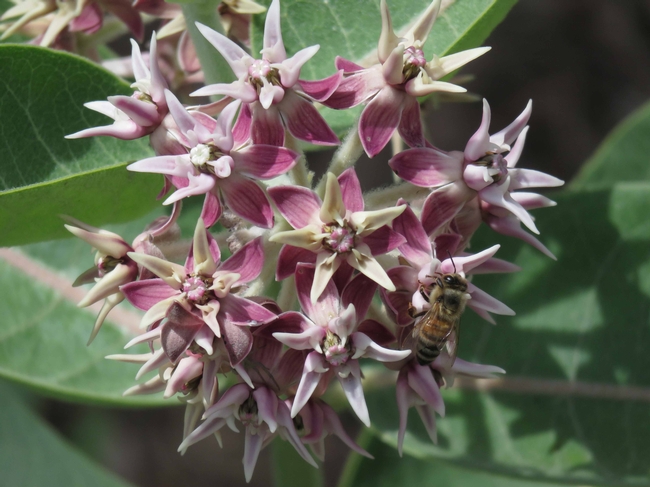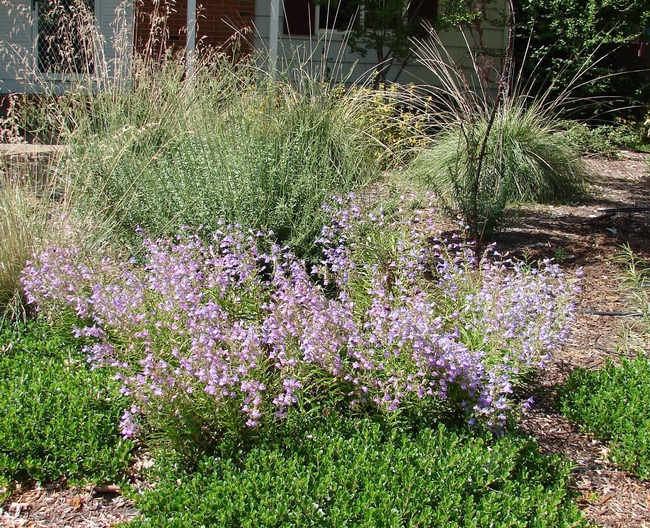By Cindy Weiner, Butte County Master Gardener, July 1, 2016.

While this more traditional style is beautiful, it is not particularly well-suited to our Mediterranean climate with hot, dry summers, and therefore requires irrigation several months of the year. But there are many areas on campus where native plants are featured in the landscaping, and these areas are multiplying in tandem with changes in the built environment of the campus. New plantings of natives and compatible non-native, water-smart plants are generally added to complement new buildings (such as, most recently, the new Arts and Humanities Building) or where lawn has been removed. According to Alonzo, the goals for landscape remodeling projects are sustainability; bringing harmony to the campus; blending the contemporary look with the more traditional look of older plantings; clustering plantswith similar water requirements together in an effort to conserve water (an approach known as hydrozoning; and educating visitors about the “new” (sustainable, water-wise) California landscaping.


The Phenology Garden is located in the raised planting bed at the east entrance to Holt Hall. Phenology is the study of periodic plant and animal life events related to climate conditions, such as flower blooming or bird migration. Planted in 2014, it is used by students to participate in research involving long-term data collection. It contains primarily native plants that require no supplemental water once they become established. Foothill penstemon, alum root, snowberry, sticky monkeyflower and western dogwood are some of the plants in the Phenology Garden.
Just a short distance away, at the northeast side of Holt Hall, a new garden was planted this spring to replace a former
lawn. Designed to resemble a forest understory layer, it contains giant chain fern, bigleaf maple, western dogwood, redbud and western columbine growing under existing mature trees.
Two large planting beds between the new Humanities building and the Performing Arts Center were also installed in the spring. These contain shade-loving natives such as coffeeberry, evergreen currant, bearberry, Oregon grape and creeping mahonia planted in long swathes.
A new planting area combining both natives and non-natives will replace some of the lawn between the Acker and Shurmer gyms and Yolo Hall and will be installed in the fall. Keep an eye on these new areas to watch these gardens grow and mature.
